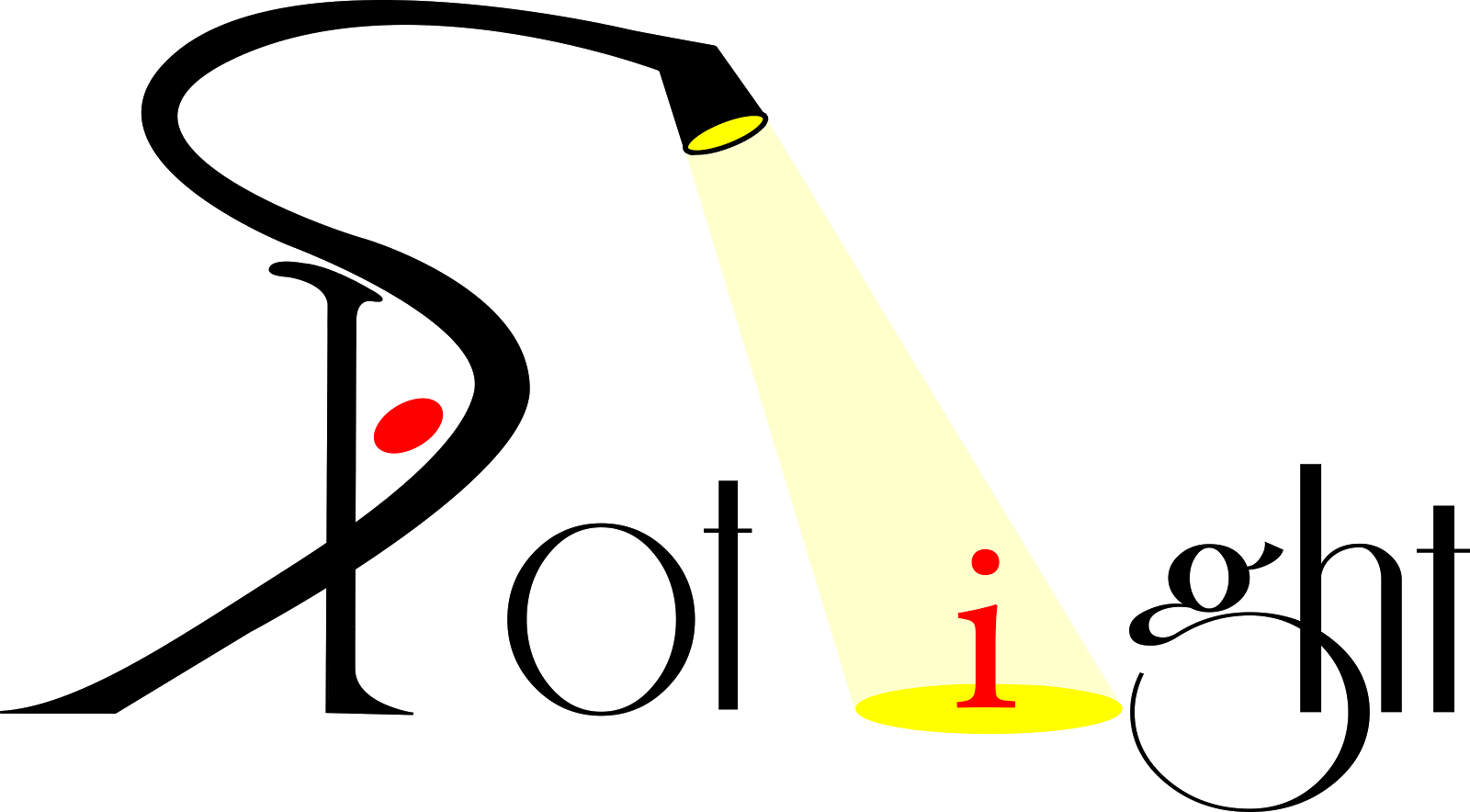India is a country with only 20.01% internet penetration
which approximately translates to 243.2 million users and out of which around
106 million are active social media users i.e. 8.72% Indian population is socially
online. This gives an insight into how
social media in India is there to stay. Now we talk about one unsuccessful I
social media campaign - Mr. Lal Krishna Advani’s political campaign “Advani for
PM”.
An overview of the
campaign:
“Advani for PM” for the
2009 general elections was a 360 degree campaign with focus on Youtube, Orkut,
Facebook, Blogs and Google Adwords. The total expenditure was in excess of Rs. 250
crores.
Objective of the campaign: The aim was to promote BJP
ideology by creating a buzz and forging a connection with the youth.
Benefits of the campaign:
The ancillary benefit was increase
in recruitment of volunteers which they were able to the tune of 7000+. The engagement
drive with unofficial communities was also able drive significant involvement in
terms of user interaction
Why did the campaign fail?
(i)
The failure to understand the medium: The social
media strategy had worked wonders for Barack Obama and taking this cue BJP
adopted a similar strategy but failed to understand the cultural differences
and internet penetration levels. In hindsight, launching a general election
campaign targeted on social media is not expected to yield high returns on a
voting-reluctant tech-savvy youth population.
(ii)
Disintegration:
BJP was highly active on cyber space and had also published a 30 page IT
document but the engagement initiatives didn’t move out of the social media
campaign office as majority of the heavyweights of the party threw their weight
behind the campaign and failed to provide an omni-channel thrust.
(iii)
Wrong Target Audience: India’s online audience generally consists of
early adopters, professionals or techies. Most of them are equipped with
well-set principles and aren’t gullible enough to be influenced with the
advertisements, this resulted in very low conversion ratio.
(iv)
Change in Channel: The party didn’t have a
comprehensive mobility strategy and hence failed to capitalize on the medium
properly which encompasses around 30% of the target audience.
(v)
Lack of flexibility: The social media agency
didn’t adapt well even after the sentiments of the people indicated by the
sentiment analysis were turning negative.
The campaign should have been tweaked to generate positive promotion on
a prolonged basis.
(vi)
Oversaturation:
The campaign bombarded the online space with advertisements to the point
that even a search on Congress showed #AdvaniForPM as one of the sponsored ads.
Conclusion:
BJP
should have used the technological means to garner support from the grass-root
levels and then it should have been supplemented by the social media. The focus
should be on communication via advertising rather than just advertising.
~Submitted By
Vivaswan Pathak (PGP-14-155)
~Submitted By
Vivaswan Pathak (PGP-14-155)

No comments:
Post a Comment